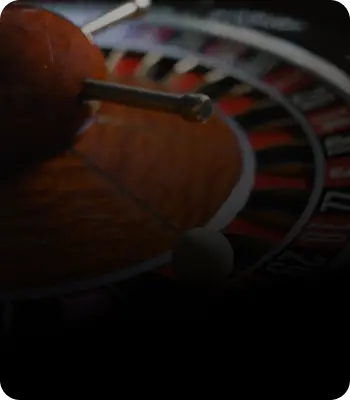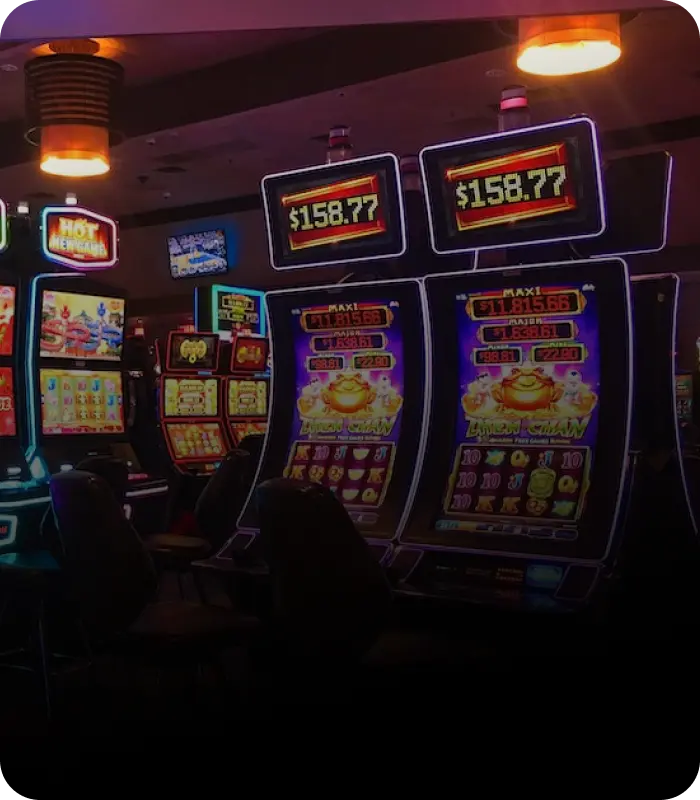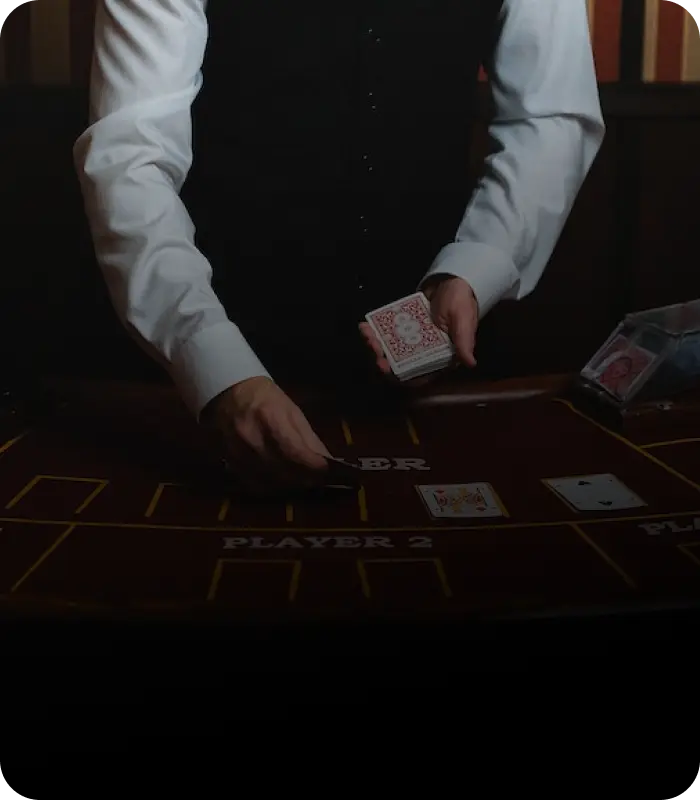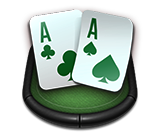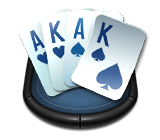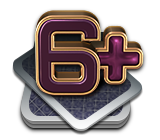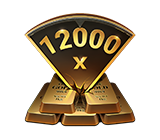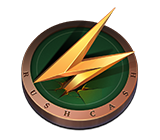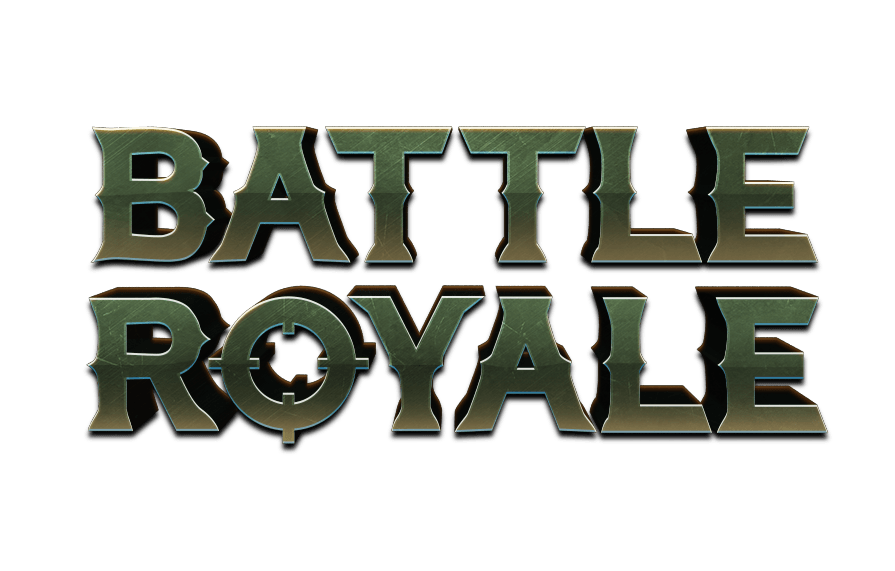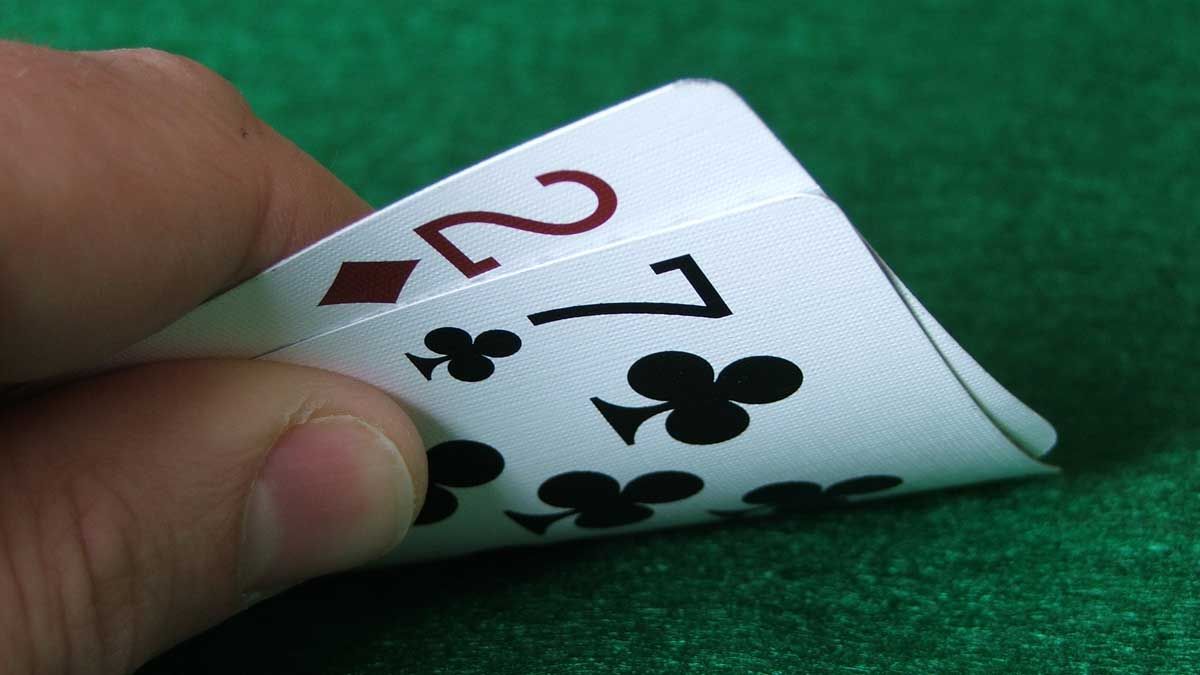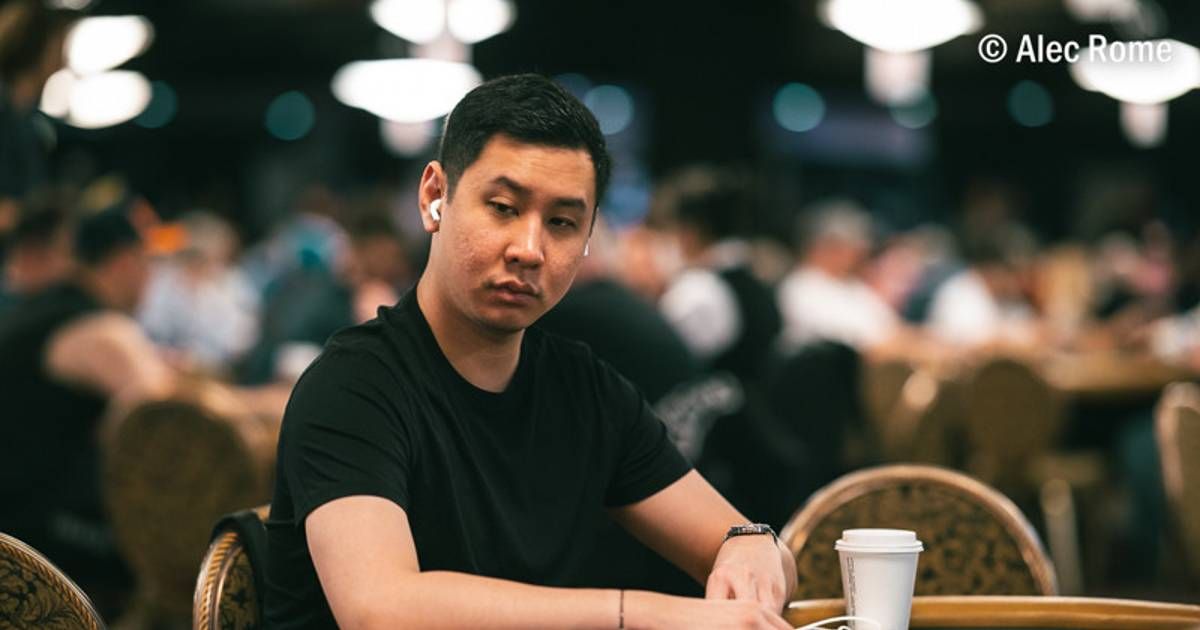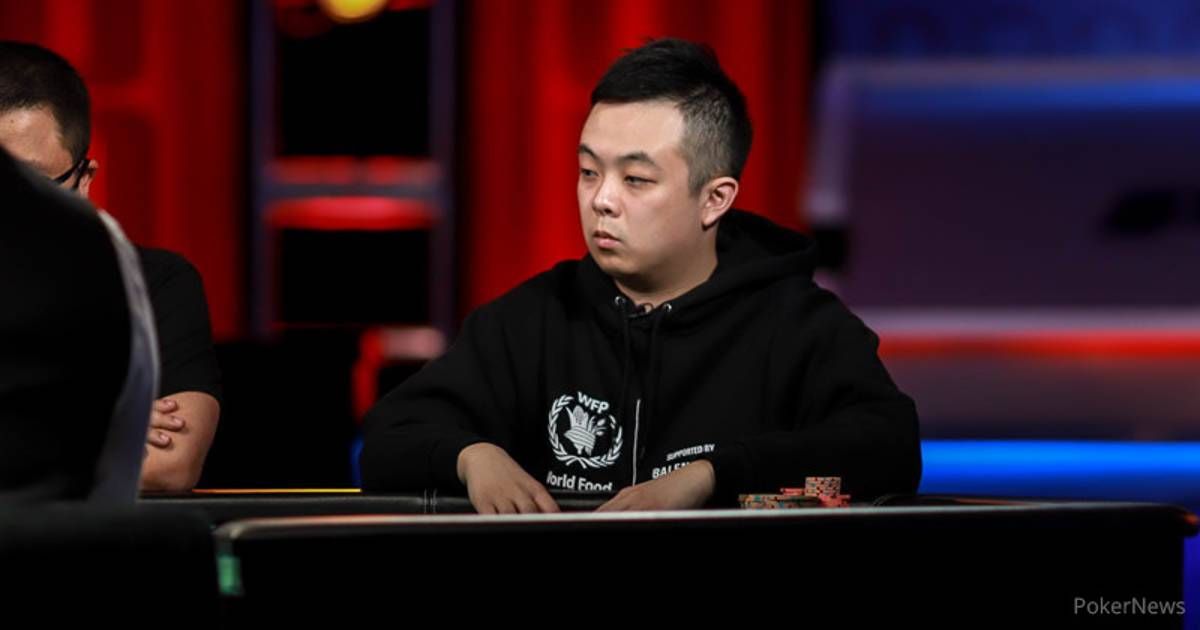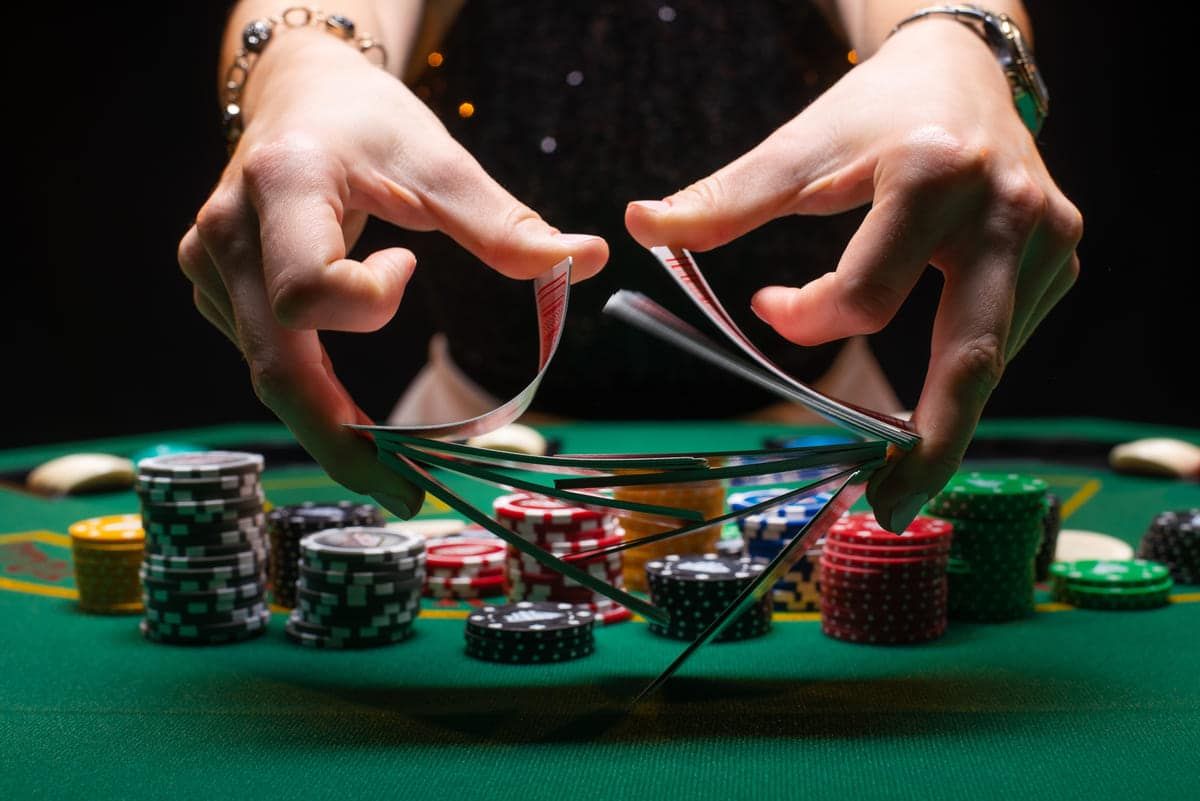
One of the ways that many beginners get started in their Texas Hold’em journey is by playing in home games amongst friends. After seeing people win millions of dollars in the highest stakes cash games or at the World Series of Poker, it’s only natural that people want to give it a go themselves.
However, if you’re completely new to the world of poker and don’t know how to organise a game; don’t panic! We’re here to walk you through the process of setting up and dealing Texas Hold’em, and by the end of it, you’ll be dealing Texas Hold’em like a pro.
Setting Up The Game
Before you start the game, you need to make sure you have the right equipment in place. You’ll need a standard 52-card deck, poker chips, a dealer button (or anything to denote the dealer position), and a playing surface big enough for the number of players you’ll be accommodating.
When setting up your game, you need to decide if you’re going to be hosting a cash game or a tournament.
A cash game is a game of poker where the chips have a cash value. At the start of the game, players will exchange their cash for chips, and use those chips to play the game. If a player loses all of their chips in a cash game, they’re free to buy back in as long as they have the money. Cash games don’t have a set endpoint, and often end when all the players at the table agree.
A tournament is a game where players all buy in for a set amount and are given tournament chips to use during play. Prizes are awarded to a certain percentage of the players in the tournament, with the largest prize going to the winner. Once a player has lost their chips, they are eliminated from the tournament. A poker tournament ends when there is only one player remaining. The speed of your tournament will depend on the number of chips you give your players and the speed of the blind levels.
No matter which game you choose, you need to ensure that you have enough poker chips to give to all your players.
Shuffling The Cards
Once you’ve got all the equipment you need and all your players are ready and waiting at the table, it’s time to shuffle up and deal. Before you shuffle for the first time, it’s advisable that you check that there are 52 cards in the deck by fanning them across the table.
This gives everyone at the table the opportunity to check the deck, so there can be no accusations of missing or additional cards later. We also recommend that you regularly check the deck throughout the game, in case a card falls off the table without anyone realising.
The recommended shuffling technique for poker is called the “wash and riffle.” First, the dealer “washes” the card by spreading them around the table in a random fashion. This may look amateur, but it is a technique used in casinos around the world. After a few seconds of washing, the dealer should bring the cards together to perform the riffle shuffle.
To perform the riffle shuffle, you need to split the deck in two, place each half of the deck in either hand, and then combine the two halves of the deck by letting the cards fall one on top of the other. It’s a skill that takes a bit of practice, but once you’ve got the hang of it, you’ll be riffling like a pro.
Once you’ve completed your shuffle, it’s good etiquette to ask the player to your right to cut the cards. Simply ask them to take a random number of cards from the top of the deck, and place them in front. Then, place the bottom half of the deck onto the newly cut cards, and you’re ready to start dealing.
Preflop
Before the preflop betting round starts, you need to determine who will be in the dealer position. While one person may deal throughout your game, the dealer position needs to rotate around the table to ensure everyone pays the blinds equally. The best way to determine the player who starts on the button is by drawing cards - the highest card gets the button.
The two players to the left of the button must post the small and big blind. The blinds are forced bets that must be posted by the players to the left of the button. The player to the direct left of the button must post the small blind, and the player two positions to the left of the button must post the big blind. The small blind is often half the amount of the big blind, but you can set your blind limits however you’d like.
Once the button is in place and the blinds have been posted, it’s time to start dealing the cards. In Texas Hold’em, each player is dealt two cards. Each player is dealt one card at a time face-down, starting with the small blind and moving clockwise around the table. The preflop deal ends when the button has received their second card.
If any cards are exposed during the deal, that card is given back to the dealer, and the player whose card was exposed will receive their second card after the button has received their second card. That exposed card then becomes the “burn” card that is discarded by the dealer before dealing the flop. If more than one card is exposed during the deal, the hand is declared a misdeal, and all cards must be returned to the dealer to be shuffled again.
The preflop betting round starts with the player to the left of the big blind. Players have the option to call (match the amount of the last bet), raise (increase the size of the bet), or fold (release their hand). The preflop betting round ends once all remaining players have matched the previous bet or if only one player is remaining. If more than one player remains in the hand, they move on to the flop betting round.
Flop
Once the preflop betting round is complete, it’s time to deal the first three community cards, called the flop. Before dealing the flop, the dealer must discard or “burn” the first card off the deck. Simply take the top card and place it face down in the middle of the table. Then, deal the next three cards face up in the middle of the table.
The dealer must discard the top card before dealing any community cards, as this prevents players from gaining an advantage by marking cards.
The flop betting action begins with the player to the left of the button and moves clockwise around the table. At the start of the flop betting round, players have three options:
Check - The player declines to bet and the action moves to the player on their left.
Bet - The player makes a bet that is at least 1bb.
Fold - The player releases their hand.
However, if someone makes a bet, the actions change to the following:
Fold - The player releases their hand.
Call - The player matches the previous bet.
Raise - The player increases the previous bet.
The available actions remain the same across all postflop betting streets. The flop betting round ends when all remaining players have matched the previous bet, or if only one player remains in the hand. If there is more than one player in the hand after the flop betting round, they move on to the turn betting round.
Turn & River
After the flop betting round is complete, it’s time to deal the fourth community card, the turn. Again, the dealer must discard or “burn” the top card from the deck before dealing the turn. Simply place the burn card next to the flop burn card, then deal the next card face up in the middle of the table.
Exactly the same process is followed for dealing the fifth and final community card, the river. Place the burn card next to your other two burn cards, then deal the next card face up in the middle of the table. This is the last community card you will have to deal.
Showdown
If more than one player remains in the hand after the river betting round, the players must showdown their hands to determine the winner. The player with the best five-card poker hand has the winning hand and therefore wins the pot.
In Texas Hold’em, players can use any combination of cards from their hand and from the board. If more than one player has the same five-card poker hand, the pot is split evenly between all players with the same hand.
If you’re unsure of the poker hand rankings, take a look at our helpful guide.
Summary
It may seem like a lot to remember, but dealing cards isn’t complicated. You don’t need to hire a professional dealer to deal at your home games. After reading this article, you should have all the tools you need to deal cards like a pro. As long as you remember the fundamentals, you won’t have any problems, and you can always check this article if you need a refresher.













